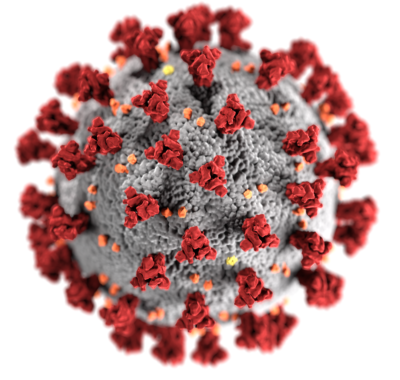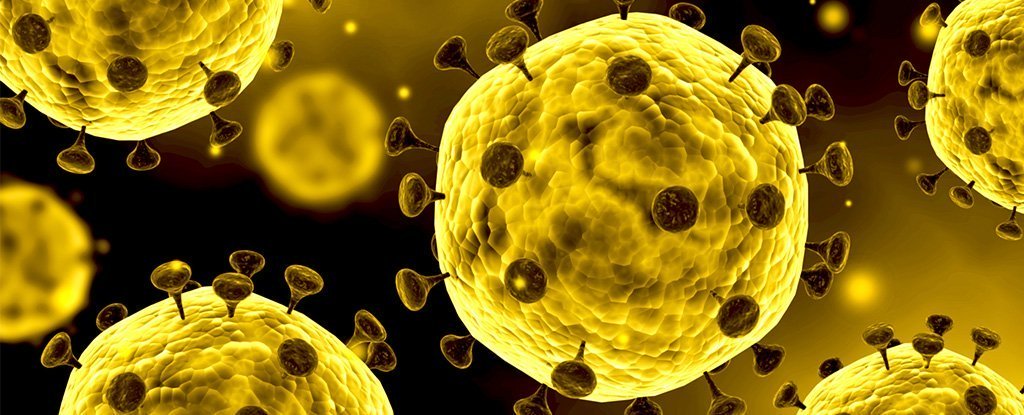In our continuing series on compounds that can have a positive impact on prevention of viral infections as well as improving response to infections today I want to highlight Vitamin D.
Vitamin D not only acts as a vitamin but also as a prohormone and it influences hundreds of biochemical processes in human physiology.
Following is a press release from the Orthomolecular Medicine News Service which provides details on how Vitamin D could reduce the risk of influenza and COVID-19 infection and death.
Copyright © 2020 Robert Lamberton
All rights reserved
FOR
IMMEDIATE RELEASE
Orthomolecular Medicine News Service, Apr 9, 2020
Vitamin D Supplements Could Reduce Risk of Influenza and COVID-19 Infection and Death
by William B. Grant, PhD and Carole A. Baggerly
(OMNS Apr 9, 2020) There are two main reasons why respiratory tract infections such as influenza and COVID-19 occur in winter: winter sun and weather and low vitamin D status. Many viruses live longer outside the body when sunlight, temperature, and humidity levels are low as they are in winter [1].Vitamin D is an important component of the body’s immune system, and it is low in winter due to low solar ultraviolet-B (UVB) doses from exposure and the low supplement intakes of most. While nothing can be done about winter sun and weather, vitamin D status can be raised through vitamin D supplements.
Vitamin D has several mechanisms that can reduce risk of infections [2]. Important mechanisms regarding respiratory tract infections include:
- inducing production of cathelicidins and defensins that can lower viral survival and replication rates as well as reduce risk of bacterial infection
- reducing the cytokine storm that causes inflammation and damage to the lining of the lungs that can lead to pneumonia and acute respiratory distress syndrome.
Vitamin D deficiency has been found to contribute to acute respiratory distress syndrome, a major cause of death associated with COVID-19 [3]. An analysis of case-fatality rates in 12 U.S. communities during the 1918-1919 influenza pandemic found that communities in the sunny south and west had much lower case-fatality rates (generally from pneumonia) than those in the darker northeast [4].




